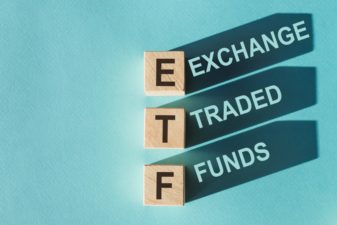For many soon-to-be retirees, it’s a huge decision. Should you start withdrawing from the Canada Pension Plan (CPP) at age 60, 65, or 70?
Some folks don’t have a choice. They’re forced into an early retirement by health issues, the inability to get a job after being laid off, or some other reason. For these people, the option to take CPP at age 60 is a godsend. It’s often the difference between scraping by and being forced to take on more creative solutions.
Others have more options. Is it better to take CPP early and enjoy a longer retirement? Or should investors wait and start withdrawing at age 65? Some folks might be tempted to wait a little longer and wait until age 70 to start collecting the cash.
Which option is best for you? Let’s take a closer look at each.
Age 60
We must remember the basic CPP trade-off. If you start taking your CPP benefits early you’ll end up with significantly less per month. You’ll get 64% of what you’d be eligible for starting at age 65.
The average CPP pension for someone taking it at age 65 is $679 per month, which means, on average, a Canadian who starts taking CPP at age 60 will end up with a little over $434 per month.
Remember, you also won’t be eligible for Old Age Security (OAS) or the Guaranteed Income Supplement (GIS) until age 65. CPP will be the only benefit you’ll get.
However, it can make sense to take CPP early. A forced retirement leaves you with no choice. People with reduced lifespans would also benefit from taking benefits sooner rather than later. In any case, it’s an interesting strategy if you’re planning on retiring early anyway.
Say you’ve worked hard and have a $1 million nest egg. You plan to invest it in dividend stocks that pay 4% per year, enough to generate $40,000 in annual income. You’ve crunched the numbers and determined that’s not quite enough.
The extra $434 per month works out to approximately $5,000 per year, enough to adequately cover your expenses. It would certainly make sense to take CPP at age 60 in that scenario, especially if you expect that dividend income to be rock solid, coming from the kinds of stocks that haven’t missed a payout in a century.
Age 65
Folks who take CPP at age 65 can count on an average payment of $679, ranging all the way up to a maximum payment of $1,175. That’s significantly more income than someone taking CPP at age 60 will receive.
People who take CPP at age 65 are immediately eligible to enroll in OAS as well, which will provide a maximum of $613 per month. Low income retirees may also be eligible for GIS.
There’s a reason why taking CPP at age 65 is so popular. You immediately qualify for OAS, while someone taking CPP early has to wait.
In fact, some will argue some Canadian couples can retire on just CPP and OAS payments, assuming both wait until age 65. It might be a lean retirement, but many don’t have much choice.
Age 70
There’s really only one reason to delay taking CPP until age 70, namely that you’re planning on working that long — and taking CPP would increase your income. Remember, Canada Pension Plan earnings are taxable, so you’ll want to avoid taking them if you have a full-time job. The best strategy is to wait until you stop working and then take CPP.
Delaying CPP can be a smart strategy for folks without too much saved up. CPP payments will max out at just under $20,000 annually if you delay taking benefits until age 70. Add in OAS and any income your spouse will generate and it could mean the difference between a nice retirement and one spent constantly worrying about money.
The bottom line on CPP withdrawals
Everyone’s situation is different; you’ll have to do a bit of thinking and analyzing to figure out when the best time for taking CPP.
There are advantages and disadvantages to taking CPP early or waiting a little later. So take a little time and weigh the options. Failing to do so could damage your retirement — and your wallet.







